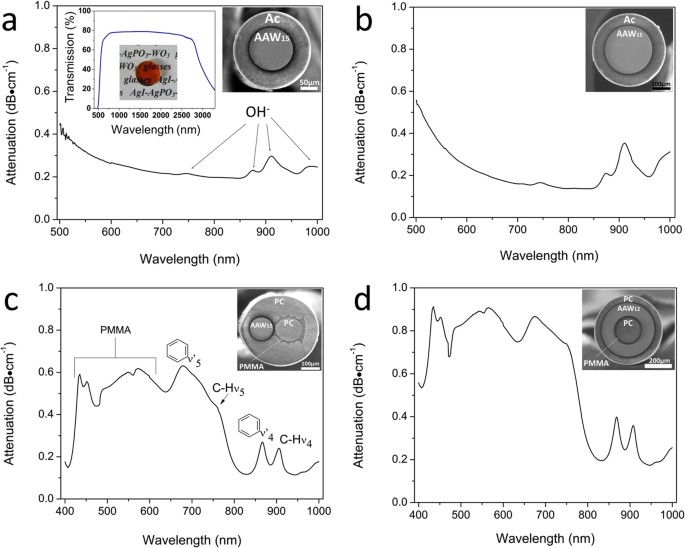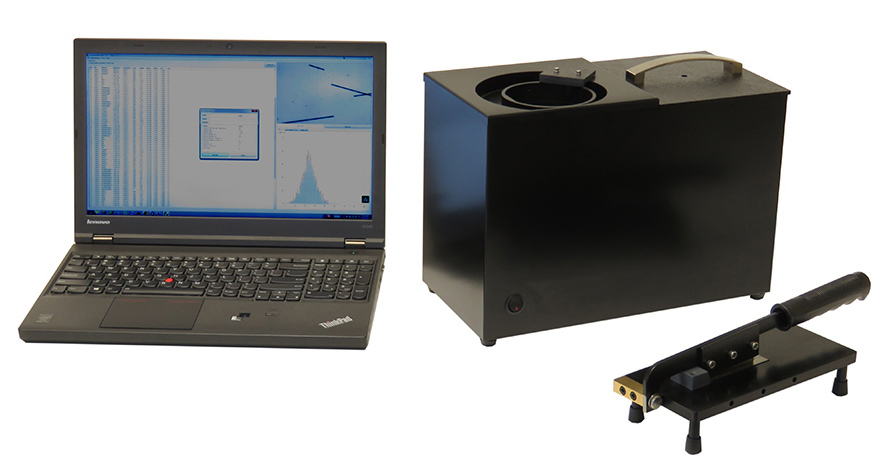Maximize Your Fibre Optic Efficiency: Recognizing Optical Fiber Diameter Analyser Technology
The efficiency of fiber optic systems is critically affected by the accuracy of their diameter, a variable typically neglected in the pursuit of optimal signal integrity. Understanding the modern technology behind optical fibre size analysers exposes the elaborate balance between measurement precision and manufacturing top quality.
Significance of Optical Fiber Diameter
The size of optical fiber plays an important duty in identifying the performance and performance of communication systems. It affects a number of key specifications, consisting of the mode of light breeding, attenuation, and data transfer ability. Larger diameters typically permit for several light modes, helping with greater data transmission prices. Conversely, smaller sizes have a tendency to sustain fewer modes, which can boost signal clarity and decrease crosstalk.

Moreover, recognizing the size's ramifications can cause cost savings by decreasing the requirement for signal boosting and repeaters in comprehensive networks (optical fibre diameter analyser). To conclude, the importance of optical fiber size can not be overstated, as it straight influences the general efficiency and dependability of contemporary communication systems

Exactly How Size Affects Signal Quality
Signal top quality in optical fiber systems hinges dramatically on the size of the fiber. A smaller diameter can lead to greater depletion prices, resulting in signal loss as light trips through the fiber.
On the other hand, larger sizes normally enable for enhanced light capture and lowered modal dispersion, enhancing signal quality. In multimode fibres, a bigger core size can support several light settings, however it may additionally introduce intermodal diffusion, which can break down signal top quality. Selecting the ideal fibre diameter is vital for achieving the wanted performance in particular applications.
Furthermore, the interaction in between the fiber size and the wavelength of the light used plays a vital role in figuring out the reliable transmission distance and general signal integrity. Understanding exactly how fibre diameter affects signal high quality is important for network designers and designers making every effort to enhance optical fiber systems for trusted, high-speed data transmission.
Summary of Size Analyser Innovation
In lots of optical fiber manufacturing procedures, accurate measurement of fibre size is essential for guaranteeing consistent efficiency and top quality (optical fibre diameter analyser). Diameter analysers are sophisticated tools made to analyze the physical dimensions of optical fibres with high precision. They employ innovative optical and laser technologies to measure the size, ovality, and concentricity of the fiber, hence supplying essential data for top quality control
These analysers can operate in-line during the manufacturing process or as part of off-line testing procedures. In-line systems enable real-time tracking, permitting manufacturers to readjust criteria immediately, thus preserving optimal manufacturing conditions. Off-line analysers, on the various other hand, give comprehensive assessments of batches, making certain that any type of discrepancies from defined tolerances are recognized and dealt with.
Diameter analysers substantially add to the decrease of issues in optical fibers, boosting overall product reliability. By consistently determining key parameters, these innovations help with compliance with market requirements and requirements. As the need for high-performance optical fibers remains to climb, the role of diameter analysers ends up being significantly vital in attaining the preferred high quality and efficiency standards in fiber optic systems.
Trick Functions of Fibre Size Analysers
Although various models of fibre diameter analysers exist, they typically share a number of key features that improve their functionality and dependability. Among one of the most significant attributes is high-resolution measurement capabilities, which make sure exact diameter readings, crucial for keeping high quality control in fibre production. Additionally, several analysers include advanced optical sensing units developed to detect minute variations in fiber size, thus offering vital data for process optimization.
Another important feature is real-time tracking, web link permitting drivers to get prompt comments on fiber diameter throughout the manufacturing process (optical fibre diameter analyser). This capability facilitates fast modifications and lowers the possibility of flaws. Several analysers additionally come equipped with easy to use interfaces, allowing operators to conveniently navigate through setups and information results
Moreover, durable information storage and evaluation functionalities are essential for tracking historical performance patterns and making sure conformity with sector requirements. Some models even offer connectivity options for combination into existing production control systems, improving overall functional performance. Small and portable layouts permit for versatile deployment within production settings, making sure that high quality assurance processes are smooth and effective. These functions collectively add to the effectiveness of fibre diameter analysers in optimizing fibre optic performance.
Best Practices for Fibre Optimization

First, normal calibration of optical fibre size analysers is important. This guarantees exact measurements and reduces potential disparities that can impact performance. Next off, maintaining a tidy functioning environment is essential; dust and contaminants can bring about signify degradation.
In addition, it is essential to select fibers that meet specific application needs. This involves examining factors such as attenuation, data transfer, and ecological conditions. Appropriate installation techniques ought to likewise be complied with, including staying clear of sharp bends and extreme tension, which can jeopardize fibre integrity.
Additionally, employing innovative surveillance systems can assist in real-time efficiency assessments, enabling timely recognition of issues. Regular screening and upkeep must be performed to guarantee that fibers stay within ideal functional specifications.
Last but not least, training personnel on the most up to date fibre optimization technologies and approaches will boost their capacity to carry out reliable methods. By following these best methods, organizations can substantially enhance the performance and life expectancy of their optical fibre systems, making sure reliable interaction and information transfer.
Verdict
In conclusion, the integration of optical fibre diameter analyser modern technology is important for making the most of fiber optic performance. By ensuring exact dimensions of fibre measurements, these analysers considerably enhance signal top quality click here for more info and decrease losses during data transmission.
Signal quality in optical fibre systems pivots dramatically on the diameter of the fibre.In several optical fibre production processes, exact measurement of fiber diameter is vital for making certain constant efficiency and top quality. As the demand for high-performance optical fibres proceeds to increase, the role of diameter analysers ends up being progressively important in accomplishing the wanted high quality and performance standards in fibre optic systems.
These functions jointly add to the effectiveness of fibre their explanation size analysers in optimizing fiber optic efficiency.
In final thought, the combination of optical fiber size analyser modern technology is vital for maximizing fibre optic performance.